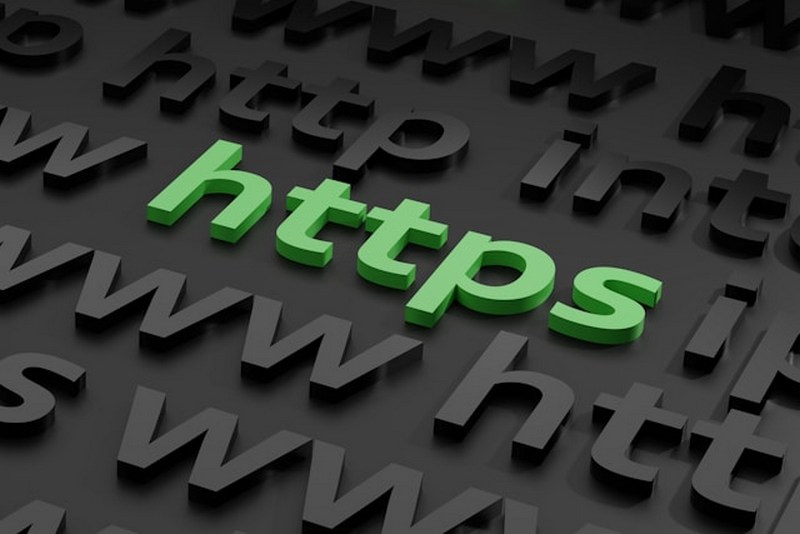Safe practices for opening and responding to emails.

- Verify the Sender:
- Action: Check the sender’s email address to ensure it’s from a trusted source. Look for any inconsistencies or slight misspellings in the domain name.
- Why: Phishing emails often use addresses that look similar to legitimate ones but contain minor variations.
- Avoid Clicking on Suspicious Links:
- Action: Hover over any links to see the actual URL before clicking. If the URL looks suspicious or unfamiliar, do not click on it.
- Why: Links can lead to malicious websites designed to steal your personal information or infect your device with malware (IT Governance).
- Be Cautious with Attachments:
- Action: Do not open attachments from unknown senders or unexpected emails. Scan attachments with antivirus software before opening.
- Why: Attachments can contain malware that can harm your computer or steal your data (IT Governance).
- Look for Generic Greetings and Poor Grammar:
- Action: Be wary of emails that use generic greetings like “Dear Customer” instead of your name, and those that contain spelling or grammatical errors.
- Why: Phishing emails often use generic greetings and contain errors as they are sent to a large number of recipients (IT Governance).
- Enable Two-Factor Authentication (2FA):
- Action: Use 2FA on your email account to add an extra layer of security.
- Why: Even if someone gains access to your password, they would still need the second form of verification to access your account.
- Verify Suspicious Emails with the Sender:
- Action: If an email looks suspicious, contact the sender directly using a known and trusted communication method (not by replying to the email).
- Why: This helps ensure the email’s authenticity and prevents responding to phishing attempts (BleepingComputer).
- Use Email Security Tools:
- Action: Use email security tools like spam filters, antivirus software, and phishing detection tools.
- Why: These tools can help identify and block malicious emails before they reach your inbox.
- Check the Email Signature:
- Action: Look for professional email signatures that include contact information. Lack of a proper signature can be a red flag.
- Why: Legitimate companies usually include detailed contact information in their emails.
- Update Your Software Regularly:
- Action: Keep your operating system, email client, and antivirus software up to date.
- Why: Updates often include security patches that protect against new threats (BleepingComputer).
- Educate Yourself on Common Scams:
- Action: Stay informed about common email scams and phishing tactics.
- Why: Being aware of current scams can help you recognize and avoid them.
By following these practices, you can significantly reduce the risk of falling victim to email-based cyber threats. Always stay vigilant and skeptical of unsolicited emails, even if they appear to come from known contacts.